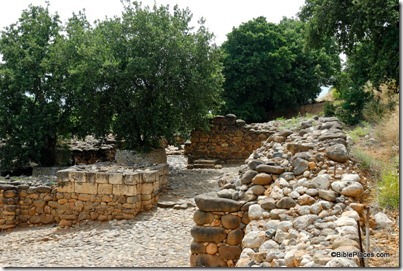The best maps for detailed work in historical geography of Israel are the 1:50,000 series published by the Survey of Israel and the Survey of Western Palestine maps produced in the 1880s by the Palestine Exploration Fund. The first set comprises 20 maps and the second 16 (only going as far south as Beersheba), indicating the level of detail involved. Maps in the first set cost about $20 each and the second set costs in the thousands of dollars in the rare event that one comes on the market. In order to gain access to the Survey of Western Palestine, when one went on the market for sale in Germany some years ago, we purchased it and “shared the cost” by making an electronic version available.
An excellent new resource is available that combines the two maps in a single (free) website entitled amud anan (“pillar of cloud”). You can navigate on either map and then toggle to the other to see the land 130 years earlier (or later). The differences are dramatic. In addition, a “3D” option overlaps the maps on Google Earth topography so that the hills and valleys look like hills and valleys.
The 1:50,000 maps are in Hebrew. If you need to use detailed maps of Israel, and you don’t think you need to know Hebrew for anything else, these maps provide sufficient justification to learn the alphabet. (It really doesn’t take that long; there are only 22 letters and everything is phonetic.)
With a tablet and a good internet connection (or with purchase of the iPad app; Android coming), hiking in Israel may never be the same!



